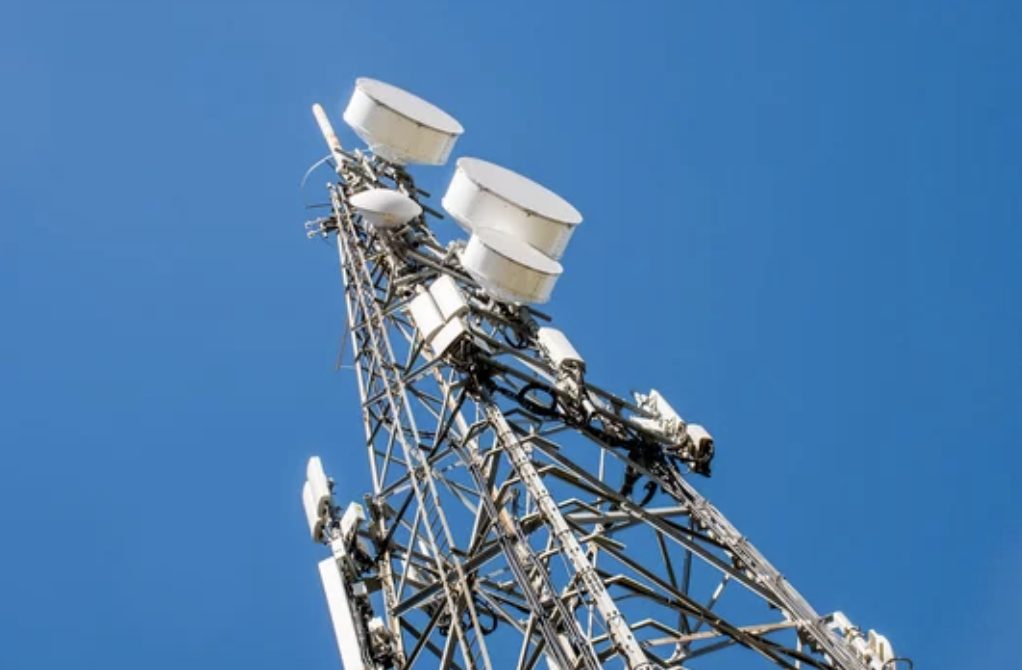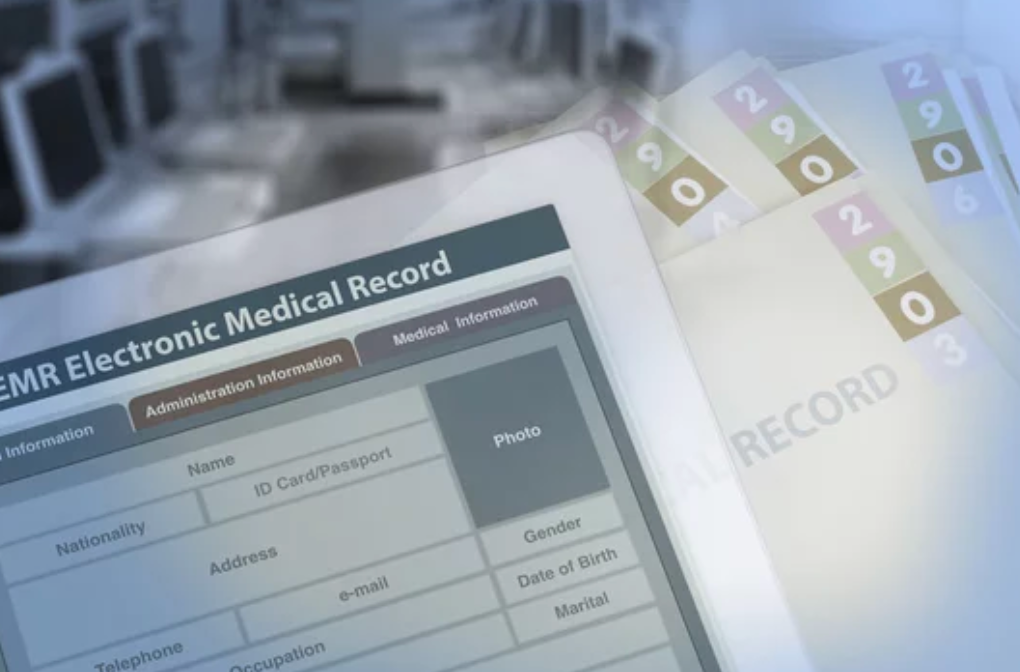Healthcare Cyberattack at Ascension Leaves Facilities Scrambling

The recent cybersecurity breach at Ascension has sent shockwaves through the healthcare industry, highlighting the urgent need for robust cybersecurity measures. This incident underscores the vulnerability of clinical operations to malicious cyber threats, prompting healthcare providers to scramble to mitigate the breach’s impact and restore normalcy to patient care. As questions linger about the broader […]
AT&T customers report a massive outage – Navigating the Waters of Network Outages: Insights from a Major Disruption

In the fast-paced world of IT and telecommunications, a network outage can feel like navigating through a stormy sea. This morning, many AT&T customers found themselves adrift as they experienced widespread disruptions across the United States. This incident highlights the unpredictable nature of technology and the importance of preparedness and resilience in our digital lives. […]
Warmer Ocean Temperatures Could be a Sign of a Busy 2024 Hurricane Season

As an MSP serving hundreds of businesses in areas with the potential to be affected by hurricanes, WheelHouse IT understands the importance of early preparation. While the hurricane season officially begins in June, the current oceanic and climatic indicators suggest that the 2024 Atlantic hurricane season could be more active than usual, making now the […]
SonicWall Insights Reveal Cyberattack Surge: The Essential Role of MSPs like WheelHouse IT

In today’s digital age, the complexity and frequency of cyberattacks are on a relentless rise, putting unprecedented pressure on businesses to fortify their defenses. The latest 2024 SonicWall Annual Cyber Threat Report sheds light on this evolving threat landscape, revealing a significant uptick in cyberattacks globally. With overall intrusion attempts increasing by 20%, and a […]
Beyond the Big Players: Why HIPAA Compliance Matters for All in Healthcare

As we forge ahead into 2024, the narrative surrounding cybersecurity within the healthcare sector is evolving. No longer are discussions about cyber threats and HIPAA compliance confined to the corridors of large hospitals and healthcare agencies. A recent wake-up call came from incidents involving smaller entities within the healthcare ecosystem, illustrating a critical point: cyber […]








